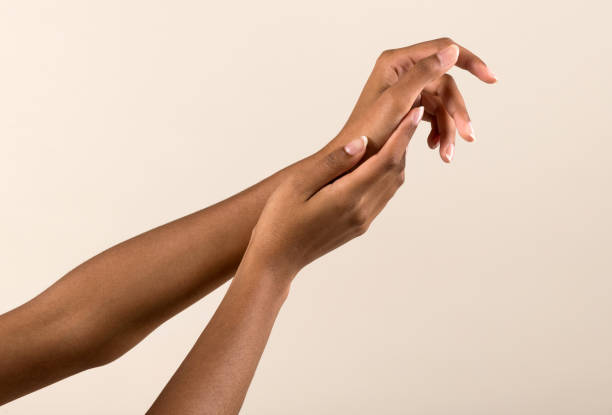By BlackDoctor Staff
BlackDoctor
Reprinted – by Texas Metro News
https://blackdoctor.org/

Many times when people think about alopecia, they only think about hair loss. While this is the most likely cause of the condition, that doesn’t mean it’s the only issue you have to look out for. According to several studies, up to 50 percent of people with alopecia areata can expect to see changes in their nails as well.
How Alopecia Affects Your Nails
Based on clinical research, doctors have estimated that alopecia affects the nails for the same reason that it causes hair loss – your body’s abnormal immune system response causes inflammation in the nail beds and associated areas. As a result, you might see pitting, white spots, ridges, and lines in your nails.
For some people, the nails become as rough as sandpaper, get red, become sunken, or become significantly brittle. Additionally, it’s been reported that nail changes can be significant enough to affect functionality so people may have trouble with playing an instrument or typing.
In many cases, the changes in your nails will be in line with the severity of your alopecia but there are times when persons see worse nail changes than their hair loss would indicate.
How The Condition Is Diagnosed
Nail problems caused by alopecia are usually diagnosed through a physical exam. However, your doctor may request further tests to rule out other causes of the issues you’re having.
For example, some of the nail changes that occur with alopecia can also be caused by atopic dermatitis, anemia, vitamin deficiencies, psoriasis, digestive disorders, heart disease, or another autoimmune disease like lupus. Depending on what your nails look like, your doctor might also want to ensure that you haven’t injured them.
How It’s Treated
Since the nail problems have the same cause as the hair loss, your treatment regimen will likely be the same. Generally, alopecia is treated with corticosteroids. These can be administered as oral or topical medication. There are also injections available.
Depending on your symptoms, your doctor may prescribe medication to be directly applied to the affected nails while you also take oral medication. Other forms of treatment that may be helpful for your nails include phototherapy and topical creams.
In phototherapy, specialized UV light is used to lessen the symptoms of the illness. This form of treatment can be effective for many people who have nail and skin disorders.
However, it’s important to note that you may need to try different kinds of phototherapy to find what works for you. In addition, phototherapy usually works best in combination with medication.
Typically topical creams are prescribed for the areas that are affected by hair loss but they can be used on the nails as well.
The Signs Of Alopecia
The most likely sign of alopecia is significant hair loss. While it’s normal to lose up to 100 strands of hair per day, those with alopecia can see rapid hair loss in one or more areas that result in bald patches or severely thinned hair. You may lose hair from your scalp, eyebrows, eyelashes, or your body.
The progression of the disease can vary from one person to another but some issues you can expect include multiple bald patches, patches that expand to combine with each other, the growth of short, thick hair in affected areas, and the formation of new patches while hair regrows in existing bald spots.
It’s common for you not to have any other issues with the bald patches that form but in rare cases, you may have itching or burning in the area. Some people have also reported seeing the area turn red, purple, brown, or gray.
Finally, it’s possible to develop small openings at the affected hair follicles. If you see any of these issues, you need to bring them to your doctor’s attention immediately.
Alopecia is well known to affect your hair. However, up to half of those who develop this condition can also deal with nail issues. Though these problems can mostly affect your nails’ appearance, some people have trouble with functionality as well. That’s why it’s important to let your doctor know quickly if you see any changes in your nails.









